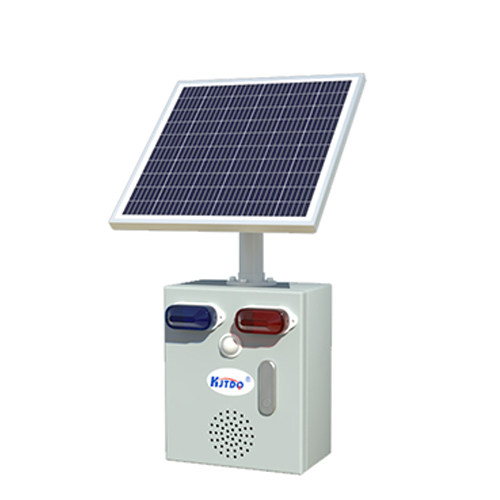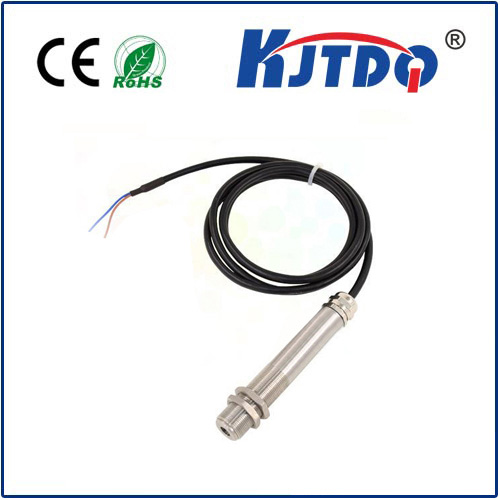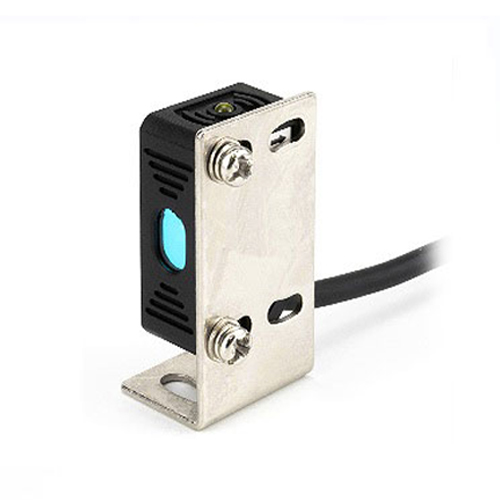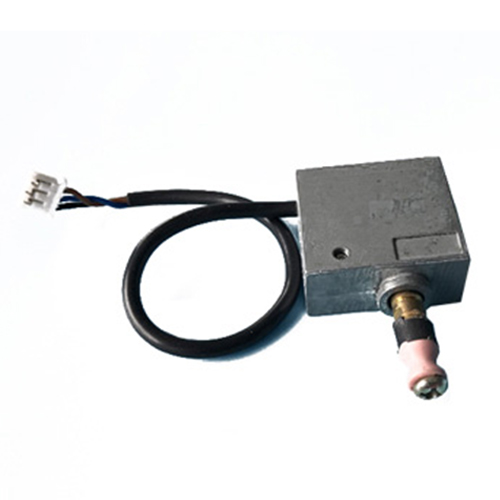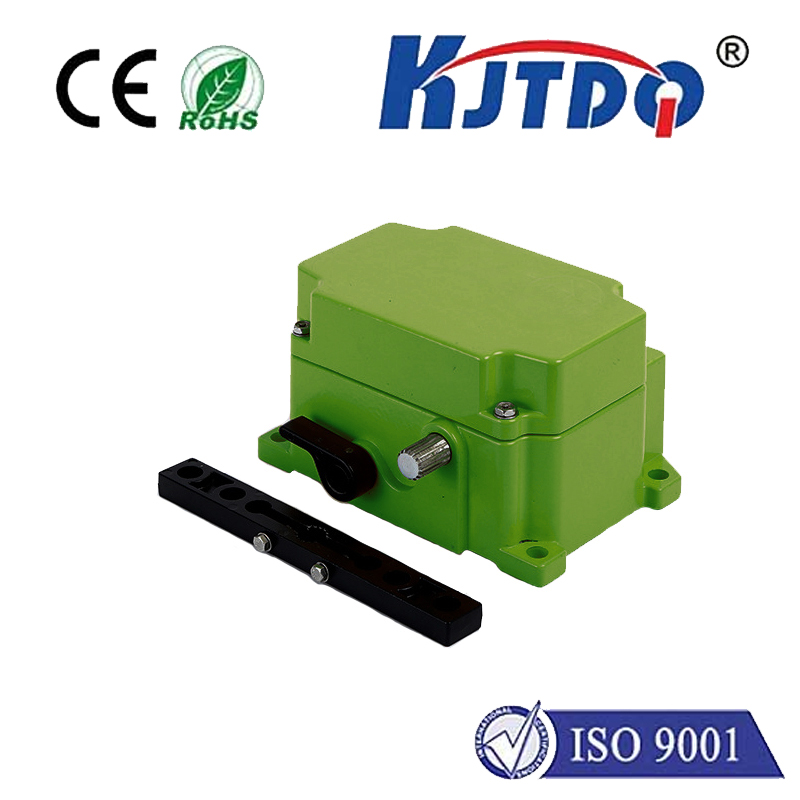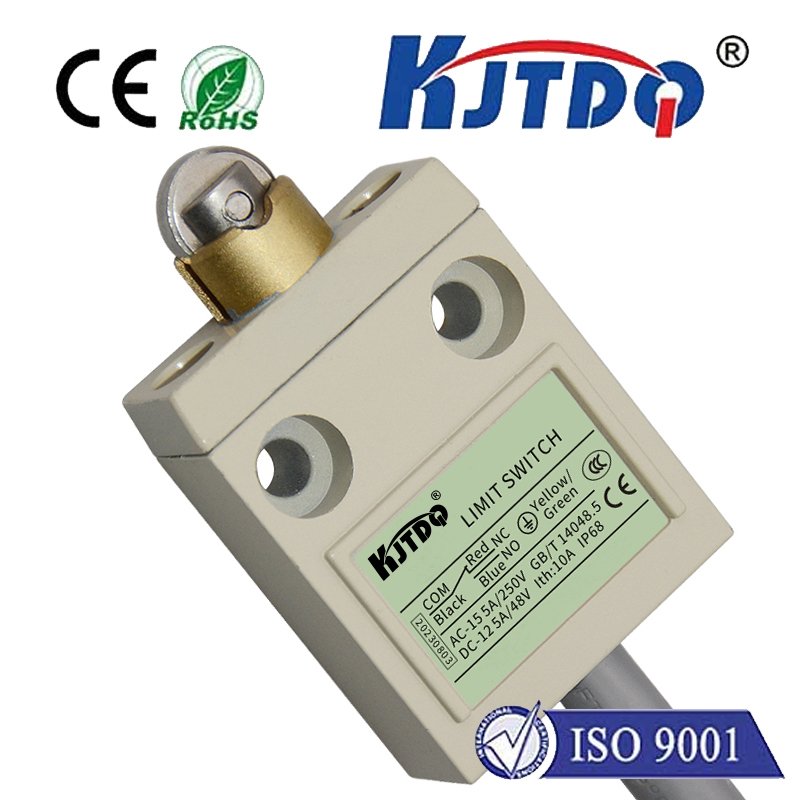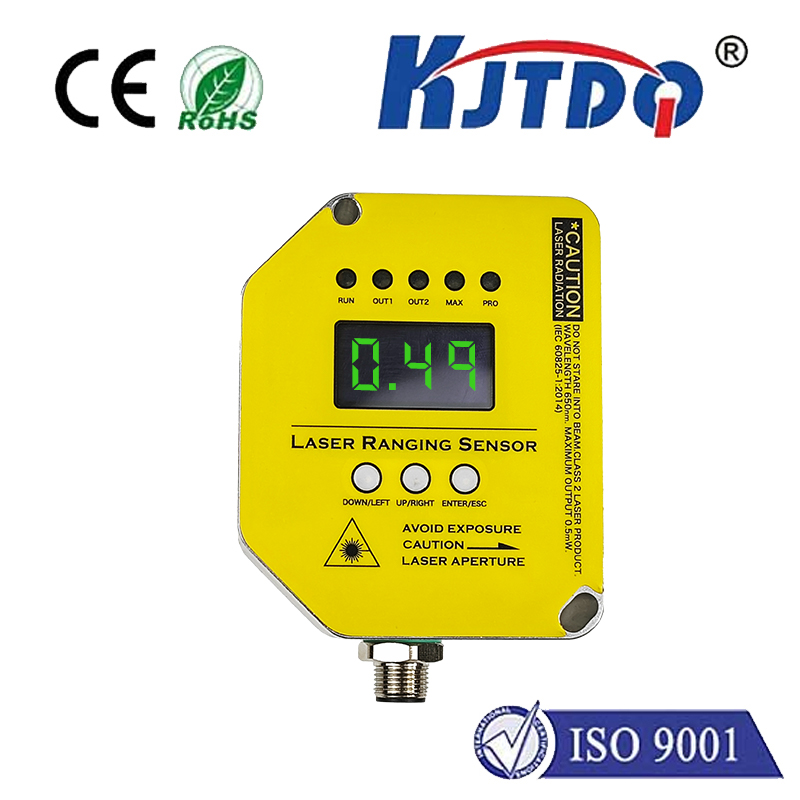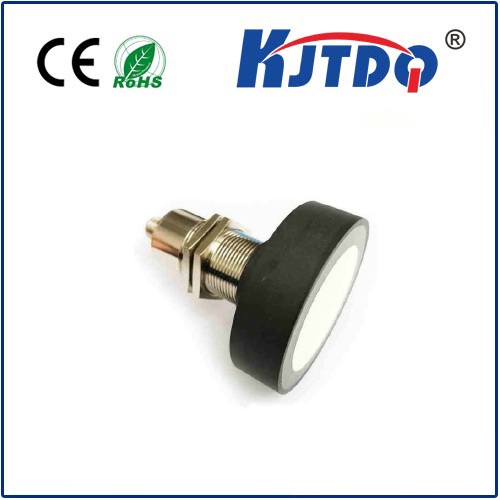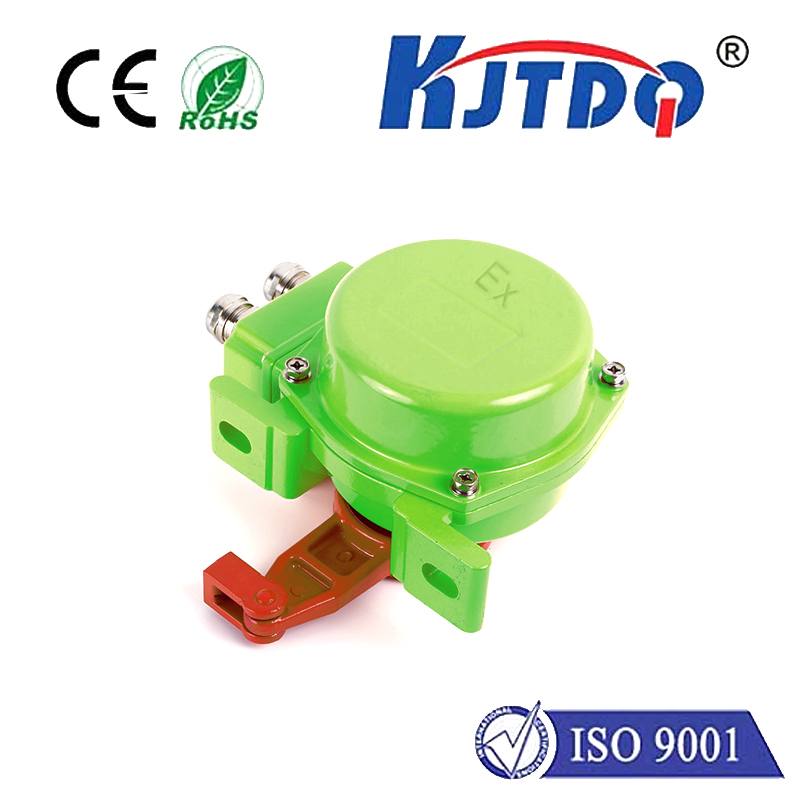clifford proximity sensor
- time:2025-06-17 02:06:59
- Click:0
Clifford Proximity Sensors: Precision Detection for Demanding Industrial Applications
In the intricate choreography of modern manufacturing and automation, the silent, reliable work of sensors orchestrates countless critical processes. Among these unsung heroes, proximity sensors stand out for their ability to detect objects without physical contact, offering precision, durability, and speed. Clifford proximity sensors, manufactured by UK-based Clifford & Snell, have carved a significant niche as dependable solutions engineered for harsh industrial environments. Understanding their capabilities is key to unlocking efficiency and reliability on the factory floor.
At their core, Clifford proximity sensors operate on fundamental inductive sensing principles. They generate an oscillating electromagnetic field using a wire-wound ferrite core. When a metallic object enters this field, Eddy currents are induced on the surface of the object. These currents absorb energy from the sensor’s oscillator, causing a detectable change in its amplitude. Sophisticated electronics within the sensor monitor this change, triggering the sensor’s output signal (typically a solid-state switch) to indicate the object’s presence or absence. This entire process happens without any physical touch, enabling non-contact detection that minimizes wear and tear.

Clifford distinguishes itself by focusing on the specific demands of challenging industrial settings. Unlike generic sensors, Clifford devices are often engineered with key attributes that enhance their longevity and reliability where it matters most:
- Robust Construction: Many Clifford sensors feature rugged stainless steel or nickel-plated brass housings, providing excellent resistance to corrosion, impacts, and vibration – common adversaries in factories, foundries, and processing plants.
- Enhanced Environmental Resistance: High IP ratings (like IP67 or IP68) signify reliable protection against dust ingress and powerful water jets, making them suitable for washdown areas or outdoor applications. Many models also feature impressive temperature tolerance ranges.
- Resistance to Contaminants: Designed specifically to perform reliably in environments plagued by cutting fluids, oils, coolants, and metal swarf, ensuring consistent operation where lesser sensors might falter.
- Long Service Life: The inherent non-contact nature combined with durable construction translates to a significantly reduced need for maintenance and replacement, lowering overall costs.
- Short Barrel Designs: Clifford offers a renowned range of compact “Short Barrel” inductive proximity sensors. These provide exceptional position sensing accuracy and reliability in confined spaces where traditional sensors simply wouldn’t fit.
The applications for Clifford proximity sensors are vast and varied across industrial automation:
- Position Verification: Confirming if parts are correctly located in fixtures, jigs, or on pallets before proceeding to the next manufacturing step (e.g., machining, welding, assembly). This is fundamental for process control and quality assurance.
- End-of-Travel Detection: Reliably signaling when cylinders, actuators, or moving machine components have reached the limit of their stroke, crucial for cycle control and safety interlocks.
- Object Counting: Detecting individual items moving along a conveyor line or through process stages, enabling production rate monitoring, inventory tracking, and batch control.
- Speed Monitoring: Detecting the passage of teeth on gears or other rotating targets to monitor rotational speed or detect stalling.
- Level Sensing: Detecting the presence or absence of metal targets indicative of material levels in bins or hoppers (particularly effective for granular or powdered metals).
- Machine Guarding: Contributing to safety systems by confirming guard doors are securely closed before machinery can operate. While not the sole solution, they are a vital component layer.
Selecting the right Clifford proximity sensor involves careful consideration of several factors:
- Target Material: Inductive sensors primarily detect ferrous metals (like iron and steel) at their nominal sensing range. Detection range for non-ferrous metals (like aluminum, brass, copper) is typically reduced. Knowing the target material is paramount.
- Sensing Distance: This refers to the maximum distance at which the sensor can reliably detect its specified target. Clifford offers sensors with various standard and extended sensing ranges. Always consult the datasheet for the nominal sensing distance (Sn) under ideal conditions. Factor in mounting tolerances and real-world variability.
- Housing Style & Size: Cylindrical (e.g., M8, M12, M18, M30 diameters) and rectangular block styles are common. Consider the available mounting space and required orientation. Remember the advantage of compact Clifford Short Barrel sensors in tight spots.
- Output Type: DC sensors are prevalent, with options for Normally Open (NO), Normally Closed (NC), or configurable outputs (NPN or PNP transistor switching). Selecting the correct output configuration to interface with your PLC or control system is essential.
- Environmental Conditions: Ensure the sensor’s specified IP rating, temperature range, and resistance to specific chemical contaminants align with the operating environment. Clifford often excels here.
- Electrical Requirements: Match the sensor’s supply voltage (e.g., 10-30V DC) and current consumption with your system’s power source.
In conclusion, Clifford proximity sensors represent a robust and reliable choice for engineers and system integrators designing automation solutions for demanding industrial environments. Their emphasis on durable construction, environmental resilience, and application-focused design (especially the compact Short Barrel lines) makes them a go-to option for critical position sensing, object detection, and safety-related tasks. By carefully matching sensor specifications – particularly target material compatibility, required sensing distance, and environmental protection – to the application’s demands, users can leverage the inherent long life and maintenance-free operation of these inductive workhorses to achieve greater efficiency, reliability, and safety in automation systems. Understanding the nuances of how Clifford proximity sensors operate and where they excel empowers users to make informed decisions for their toughest detection challenges.






